How to Understand Congruence through Rigid Motion Transformations
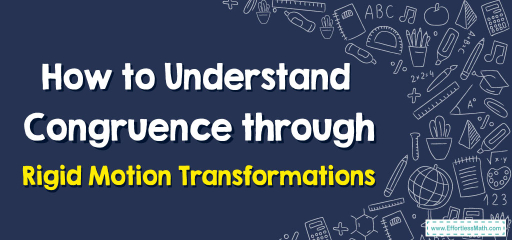
- Translations: Shifts that move a shape without rotating or flipping it.
- Rotations: Spinning a shape around a fixed point.
- Reflections: Creating a mirror image by flipping a shape over a line.
- Linking Congruence with Rigid Motions:
Shapes are congruent if one can be transformed into the other solely using rigid motions. - Recognizing Congruent Figures:
Search for shapes with matching sides and angles. Additionally, verify if one shape can be remapped to the other using only rigid motions.
Examples
Practice Questions:
- Rectangle \( MNPQ \) is reflected over the y-axis to form \( M’N’P’Q’ \). Are \( MNPQ \) and \( M’N’P’Q’ \) congruent? Justify your answer.
- Circle \( A \) has a radius of \( 5 \) units. When translated \( 6 \) units to the right, it forms Circle \( B \). Are circles \( A \) and \( B \) congruent?
- Yes, \( MNPQ \) and \( M’N’P’Q’ \) are congruent. Reflections, being rigid motions, do not alter the size or shape of figures.
- Yes, both circles are congruent. Translations, another form of rigid motion, maintain the size and shape. Therefore, both circles have a radius of \( 5 \) units.
Original price was: $109.99.$54.99Current price is: $54.99.
Original price was: $109.99.$54.99Current price is: $54.99.
Original price was: $114.99.$54.99Current price is: $54.99.
Related to This Article
More math articles
- How to Find the End Behavior of Polynomials?
- Product Predictions: How to Estimate Multiplication in Word Problems
- How to Solve the Absolute Value of Rational Numbers?
- Preparing for the SAT or ACT? Here’s How to Stay Mentally Sharp Without Burning Out
- Top 10 3rd Grade MAP Math Practice Questions
- Top 10 Tips to Overcome TSI Math Anxiety
- How to Solve Piecewise Functions?
- How to Solve Word Problems of Counting Bills and Coins
- The Ultimate 7th Grade ISASP Math Course (+FREE Worksheets)
- A Comprehensive Collection of FREE PSAT Math Practice Tests


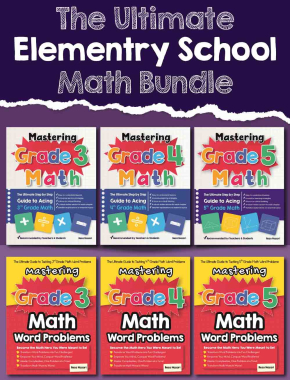
















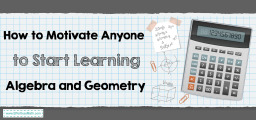
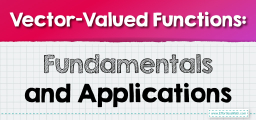

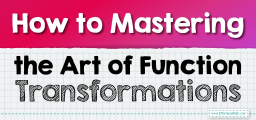

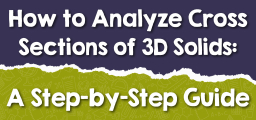
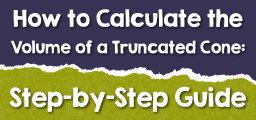

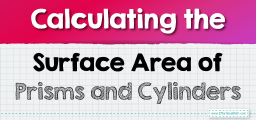
What people say about "How to Understand Congruence through Rigid Motion Transformations - Effortless Math: We Help Students Learn to LOVE Mathematics"?
No one replied yet.